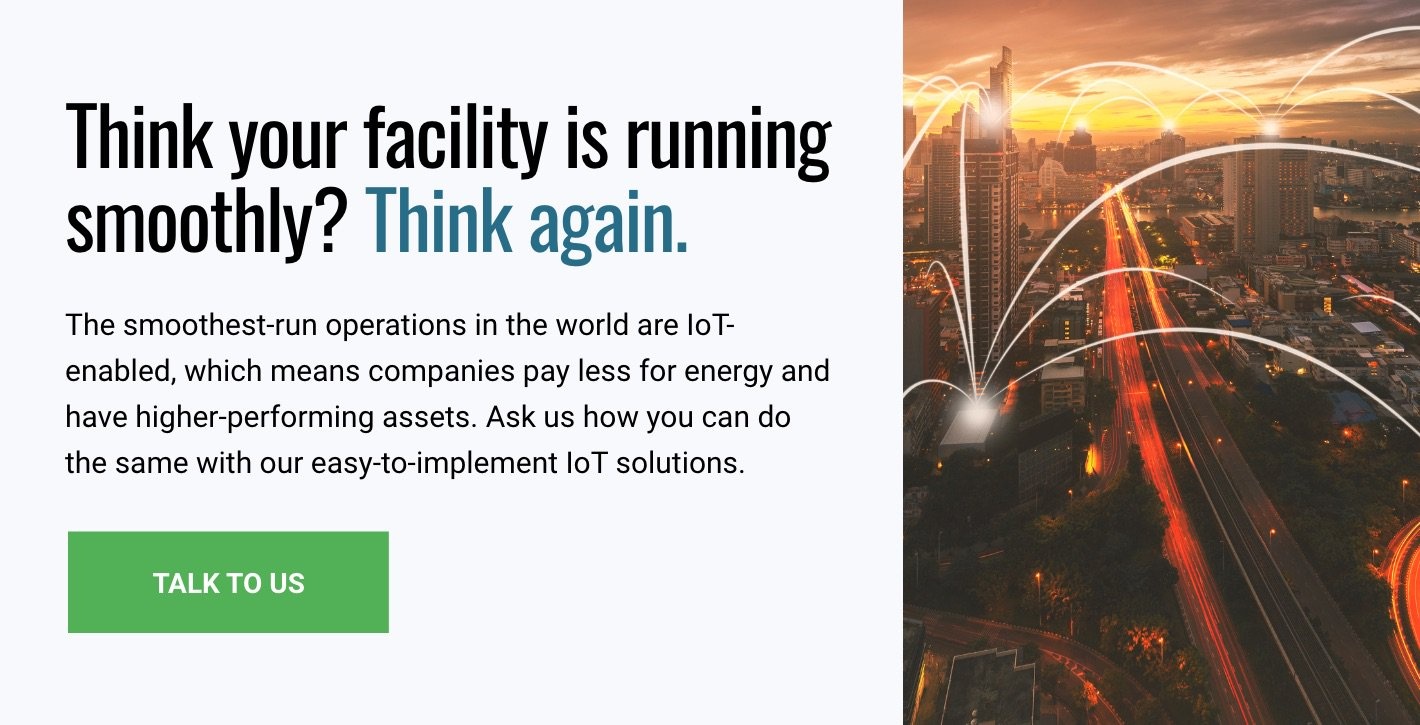If you’ve read anything about the rising trend of indoor air quality monitoring, you’re probably familiar with its benefits, including the fact that good quality air is an important factor with regard to occupants’ health and comfort, and that monitoring CO2 saves on energy costs. You might even have read about how to test and measure indoor air. At this point you may have only one question left: How much does indoor air quality testing cost?
Depending on how you approach it, there are a few factors that will influence the cost of indoor air quality testing (see below). The payback period for installing air quality sensors—and implementing energy efficiency measures that react automatically to the actionable intelligence derived from the air quality data—ranges from 1 to 3 years. And the financial and health benefits will be reaped for years after your initial investment has been returned. As far as the actual cost of testing goes, in general, testing a single floor of an average-size building should cost less than $1,000.
[bctt tweet=”On average, measuring CO2 levels for the purpose of demand control ventilation has a payback of 2.5 years, resulting in anywhere from 15% to 20% savings on your energy bill.” username=”iotacomm”]
Indoor Air Quality Testing Cost: The Factors Involved
At a minimum, indoor air quality monitoring requires three things: sensors, a network connection to the cloud, and a user interface (a way to view the sensor data). To make the most of this effort, many companies also work with a partner who can provide data analytics and action recommendations.
Sensors
Sensors are the least expensive component of indoor air quality testing. The cost of Internet of Things (IoT) sensors has dropped steadily over the last several years, and is likely to continue to go down. The variability of the cost associated with this element has to do with the number of sensors you need to adequately cover your particular building. To help reduce the cost, you don’t necessarily need a lot of sensors; it’s more important to place your sensors strategically.
Network Connectivity
IoT sensors send data to the cloud via a network connection. The cost variable here is about the type of connectivity solution you choose. Connectivity is a recurring cost that will make a difference over the life of the testing system, so it’s important to choose wisely.
Hardwiring your sensors to an Internet access point is reliable but highly impractical—sensors aren’t likely to be close enough to each other or to an available access point for this to be a reasonable, cost-effective option. Cellular and WiFi are also sometimes used for IoT device connectivity, but both have limitations: Cellular is expensive, and the security vulnerabilities of WiFi mean it’s not always viable for third-party users to take advantage of a building’s network.
A more cost-effective, reliable option than the ones named above would be to utilize a dedicated IoT network designed specifically for IoT connectivity, such as the one currently being built by Iota Communications. Because it would operate independently of your conventional IT infrastructure, it will avoid the security issues associated with WiFi; it would also be less expensive than cellular. In addition, it has excellent signal penetration through walls and concrete structures, and helps extend the battery life of sensors because it consumes very little power.
Interested in learning how much indoor air quality testing would cost for your specific building? Talk to us to find out.
User Interface
You also need a way to receive the data collected by sensors—that’s where a user interface comes in. It presents the sensor data to you as the end user. Usually this element is a type of software or computer application, preferably one tailored to present the specific information you need to see and understand. A more advanced user interface costs more than a basic one.
Basic packages that include sensors and a user interface are available for purchase. However, technologically advanced software will save you time and money. Not only will the data be presented in a more meaningful way, but you’ll also be able to take advantage of sophisticated technologies, like machine learning, that help with data analysis. A good IoT partner can also help make sense of the data, recommend a plan of action to help you reach your goals, and set you up with an automated solution for the future.
The ROI Of Indoor Air Quality MonitoringSomething to consider in addition to indoor air quality testing costs is your return on investment: What can you expect to gain relative to the money you invest? Some analysis has shown that, on average, measuring CO2 levels for the purpose of demand control ventilation has a payback of 2.5 years, resulting in anywhere from 15% to 20% savings on your energy bill. Better indoor air quality also has the potential to boost staff productivity by up to 12%, and, for hospitals, it can reduce the average length of stay by around one day. |
Looking for a partner to help you get started?
At Iota, our technology and connectivity solutions help commercial facilities save money, improve the efficiency of operations, and create the ideal environment. Whatever your goals might be for air monitoring, we can guide you on the path toward reaching them while keeping the cost of indoor air quality testing down. Talk to us or visit our website for more information.


